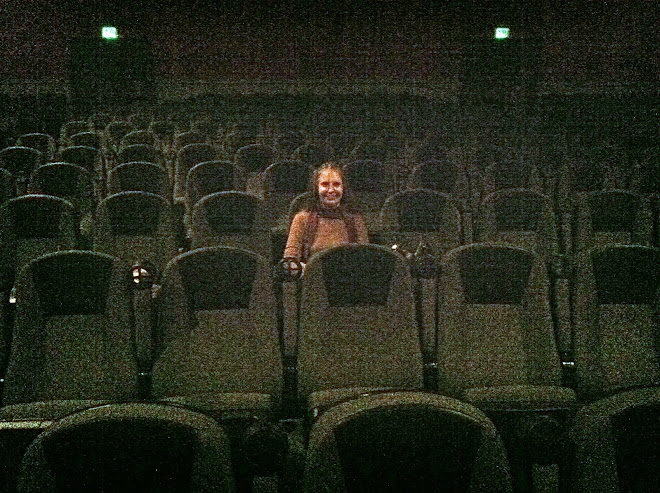Deb 10 Me 10
English movies are a red flag. It’s hard for me to relate to their culture and often difficult to understand the dialog. I missed half a dozen words near the beginning of this movie but they either started talking normal or my ears acclimated early to the English accents.
Longevity is a green flag. We’ve been talking about seeing this movie since Christmas. Almost weekly we look at the list of movies in our area and utter the title out loud, saying “That would be good”, but see something else. Last night we did it again and figured this has to go away soon so we'd better see it. The guy at the ticket window said it has been playing there for three and a half months. We go in and there are a lot of people, way more than at an opening night movie we saw last week.
Deb has been thinking about the movie and has developed certain expectations. She’s thinking along the lines of Educating Rita and has built a whole movie up in her head. My head is empty.
The movie is set in 1962 in what looks like the English equivalent of Archie Bunkers place and features a Bristol 404, a way cool looking car. The accents fall away pretty quick, there’s an odd sunny day rain scene (which may happen in England) and it’s populated by an easy to look at cast. Then you start to get sucked in by the story.
When you look at the story line on the computer it says this: “In the post-war, pre-Beatles London suburbs, a bright schoolgirl is torn between studying for a place at Oxford and the more exciting alternative offered to her by a charismatic older man.” I won’t be telling you much more than that about the story.
But I’ll tell you this; in places it reminded me of Juno, a smart kid who tackles issues much larger than her; with high spirits, intelligence and enviable humor. And like Juno, there weren’t too many people I recognized as actors, so it’s more like a real life tale. Alfred Molina is easy to pick out of a crowd and Emma Thompson has a part, I guess a movie is not English unless she’s in it. But the people are likable and they’re behaving in believable ways and they’re moving the story along.
I guess this was what appealed to me. The story was tight. There wasn’t a bunch of characters that go nowhere, no dead-end sub plots and surprisingly, no unanswered questions at the end. It’s a good old-fashioned story movie. It’s a plausible tale that’s well told with actors who don’t feel like they’re acting, places that don’t look like movie sets (except for one) and good fodder for conversation afterwards.

